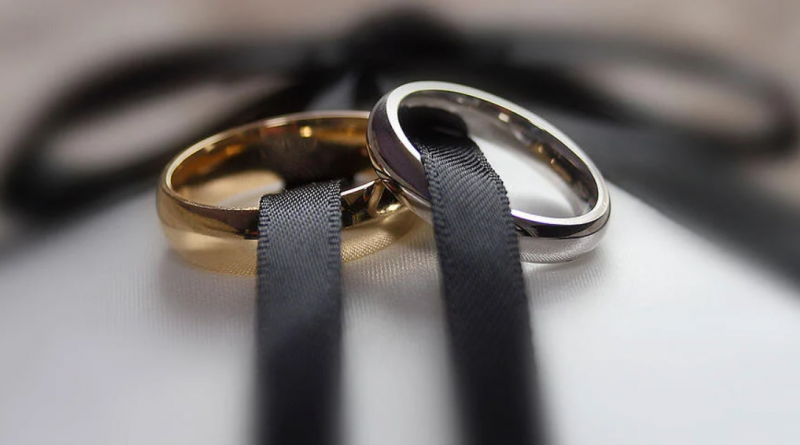Selecting the right metal for your engagement ring
A very smart early choice to make when commencing your quest for a ring is what metal – or metals – make sense for you and your spouse. When beginning the process of selecting a metal, examine not only the beauty of the metal itself, but also how it will complement the design of the ring, the band’s center and perhaps flanking stones, and the wearer’s lifestyle.
Many people pick the metal of their ring setting based on their previous jewelry choices. Those who like colder tones and sleeker, reflecting surfaces should choose white gold or platinum, while those who prefer warmer tones and a softer look should choose yellow or rose gold.
Metal mixing is always a possibility, whether it’s combining both metals into the shank or utilizing a splash of white metal around a stone to increase its perceived size and glittering or brilliant impact.
Gold
Gold is by far the most popular jewelry metal due to its extreme flexibility. Pure yellow gold, or 24 carat gold, is too soft for practical jewelry manufacture since it is the brightest, richest, warmest, and most yellow of all gold tones. Thus, gold is combined with other alloys such as silver, nickel, and zinc to make it stronger and to change the color of the metal. Do check out this website for buying gold rings.
While 22 Karat gold is rarely used, the majority of jewelry is composed of 18 Karat, 14 Karat, or 10 Karat gold (the Karat weight indicating how much “pure” gold is blended with how much alloy). The gold’s Karat weight has a significant impact on its appearance, particularly its color; lesser Karat gold, such as 10 Karat gold, will have a lighter, cooler tone than the buttery richness of higher Karat gold, such as 18 Karat gold.
Gold in yellow
Yellow gold, a popular classic, gets its warm patina from its natural colour blended with the red copper with which it is alloyed. It’s popular for more conventional designs, like as six or four prong solitaires, as well as softer or nature inspired designs.
The color rose gold
Rose gold is an excellent choice for a warmer, softer, and more romantic aesthetic. Rose gold is a fantastic choice for customers with a lot of pink undertones since it is created by blending yellow gold with a strong copper alloy. Here’s an example of a Morganite used in the incredibly lovely and refined Jalissa.
The color white gold
Of course, we can’t forget about the ever-popular white gold. White gold’s delicate, graceful silvery tone was an instant popularity when it was first invented in 1917, and it has remained so for almost 100 years. White gold is created by mixing yellow gold with copper, zinc, and nickel, resulting in a yellowish white tint. During the finishing process, jewelers plate white gold with rhodium, a whiter metal, (a member of the platinum group metals), giving it a totally white appearance akin to platinum. To maintain its full white appearance, this coating must be cleaned and replated because it fades away over time like any plating does (typically rhodium coating lasts about 6 to 18 months). As part of our comprehensive ring care for our customers, we provide gratis re-polishing and re-rhodium treatment. The procedure requires one to two days.
Platinum
One of the toughest and most resilient metals known to man is platinum, a naturally white metal. Even though platinum had been discovered for a very long time, it wasn’t practically used until approximately 1900, when the invention of the oxy-acetylene torch made it feasible to melt platinum down enough that it could be used to make jewelry.
White diamonds’ brilliant shine has always been accentuated by the beautiful, cool gloss of platinum. Its extreme toughness and inherent strength make it the perfect material for someone who leads an active lifestyle, and because it is naturally white, it doesn’t need platinum and won’t fade with time.
You can choose the rings from our site along with some design of bracelet to gift on the day.
Read: The 10 top Anime streaming websites like Animekisa.
Visit for more information abc webnews




